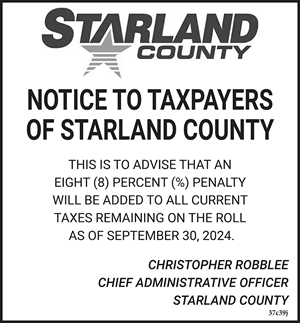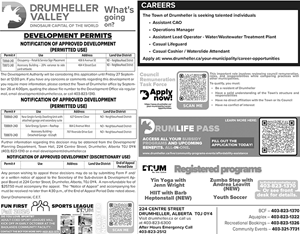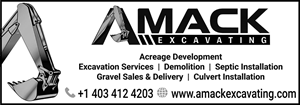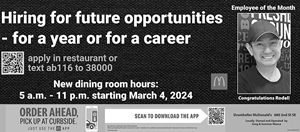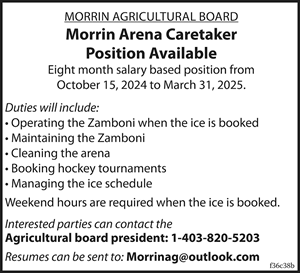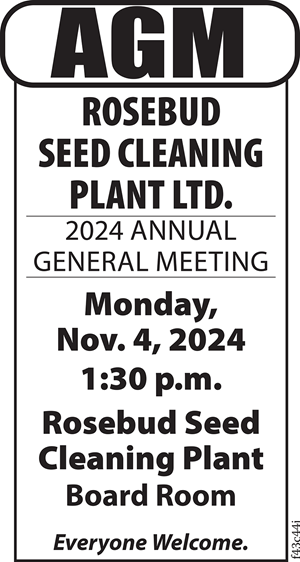
Dear Working Wise:
I just hired a new electronics technician. She hasn’t started work yet, but she seems like a good fit. She has the education plus a great personality—but I’m a little worried. She uses a wheelchair and I’m concerned about the cost to accommodate her disability. What am I in for? Signed, Concerned
Dear Concerned:
Hiring a new employee is always a gamble. Most times, they work out fine and your latest hire is no different.
One in seven Albertans has a disability including those with invisible disabilities, such as learning disabilities or mental health issues. You may already employ someone with a disability and not even know it.
And accommodating a disability is cheaper and easier than you might think.
A Job Accommodation Network survey of more than 1,000 employers found that 56 per cent of disabled employees required accommodations that cost nothing at all. Employers reported the average cost to accommodate an employee with a disability at $320 and 95 per cent said that it was a one-time cost.
You will also be pleased to know that the Disability Related Employment Supports (DRES) program helps Albertans overcome their barriers to employment. The DRES program can help offset at least some of the costs of worksite modifications or assistive technology.
That’s of course if she needs any modifications at all. Many people who live with physical disabilities have become experts in overcoming the challenges of daily living.
The fact is your new employee is more valuable than you think. Employees with disabilities bring to your company a number of competitive advantages.
Expand your customer base - employees with disabilities can identify with a diverse range of customers and anticipate their wants and needs. Anything you do to “accommodate” your new employee, e.g., automated doors, may help make it easier for your customers to access your business.
Solve problems creatively - people with disabilities have lots of life experience thinking of innovative solutions to daily problems and challenges.
Improve your public image - hiring people with disabilities shows your customers and staff that your company is an inclusive organization that values everyone’s contributions.
Increase the talent pool - opening your doors to all Albertans gives you more choice to hire the best people. Job seekers with disabilities historically have been an untapped labour source, but technology and increased access to post-secondary education is allowing people with disabilities to reach their full potential and compete side-by-side with everyone else.
And help is available. Alberta Human Services funds several agencies around the province, which help employers attract and retain employees with disabilities.
Alberta Human Services also sponsors the Alberta Business Award of Distinction: Employer of Persons with Disabilities. You can read how Prospect Human Services’ Viable Calgary project helped Long View Systems win the 2012 award at www.facebook.com/calgaryjobsfeed/notes.
If you would like to nominate a business for the 2013 award, nominations are being accepted until November 23, 2012, at http://abbusinessawards.com.
For more information on the DRES program or help for employers who want to hire Albertans with disabilities, contact your nearest Alberta Works Centre and ask to speak to a Business and Industry Liaison.
Do you have a work-related question? Send your questions to Working Wise, at charles.strachey@gov.ab.ca. Charles Strachey is a manager with Alberta Human Services. This column is provided for general information.






